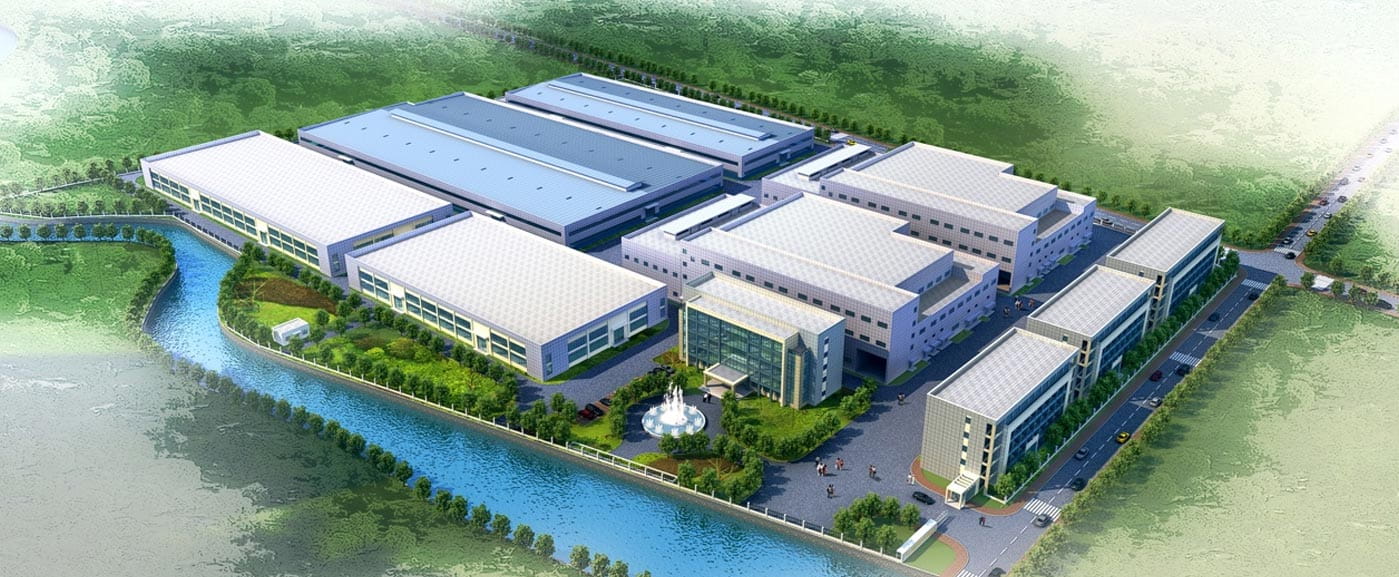The Evolution of Band Saw Blades Precision and Durability in Modern Manufacturing
The band saw blade is one of the indispensable tools in modern manufacturing, woodworking, metalworking, and various other industries. With its ability to cut through a diverse range of materials, from wood and metal to plastics and composites, the band saw blade has become synonymous with precision, efficiency, and versatility. As industries strive to increase productivity while maintaining high standards of quality, the demand for advanced, durable, and reliable band saw blades has never been higher. Over the years, the band saw blade has undergone significant advancements in design, material composition, and manufacturing techniques, enabling it to meet the evolving needs of different industries. This article explores the key developments in band saw blade technology and its impact on industrial applications, as well as how these innovations are helping manufacturers optimize their processes and improve product quality. What is a Band Saw Blade? A band saw blade is a continuous loop of metal with teeth that is used on a band saw machine for cutting various materials. The blade is typically driven by a motor that rotates it around two or more pulleys, allowing it to cut through materials in a continuous motion. Band saw blades are known for their ability to make straight, curved, and intricate cuts, which makes them suitable for applications ranging from general cutting to precision shaping and profiling. The teeth on a band saw blade are usually made from high-speed steel (HSS), carbide-tipped materials, or bi-metal, depending on the type of material being cut. The size, shape, and spacing of the teeth also vary depending on the material and the type of cut required. For instance, blades designed for cutting wood typically have fewer, larger teeth, while those intended for metal cutting often have finer, sharper teeth to improve cutting performance. Key Developments in Band Saw Blade Technology Improved Materials and Coatings One of the significant advancements in band saw blade technology is the development of high-performance materials and coatings. Today, many band saw blades are made from bi-metal compositions, which combine the flexibility of high-carbon steel with the durability and hardness of high-speed steel (HSS) or carbide. This combination allows the blade to maintain a sharp cutting edge while withstanding the stresses of high-speed cutting. In addition to bi-metal blades, manufacturers are also utilizing advanced coatings such as titanium nitride (TiN) and cobalt coatings to enhance the durability and wear resistance of the blades. These coatings help reduce friction, improve heat dissipation, and increase the lifespan of the blade, making them ideal for cutting tough materials like stainless steel, titanium, and other high-strength alloys. Variable Tooth Geometry Another innovative development is the use of variable tooth geometry on band saw blades. Unlike traditional blades with uniform tooth spacing, blades with variable tooth spacing offer greater versatility and efficiency. This design allows the blade to cut through materials with less vibration and improved chip removal, reducing the chances of clogging or binding during the cutting process. Variable tooth geometry also helps optimize the cutting speed and improve the quality of the cut. For instance, blades with a progressive tooth pitch are ideal for cutting metals, as they can handle the higher forces required for metal cutting, while blades with a finer tooth pitch are better suited for cutting wood and softer materials. Advanced Tooth Set and Tooth Grind Technology The tooth set refers to the angle at which the teeth are bent, while the tooth grind determines the sharpness and profile of the cutting edges. Advances in tooth set and grind technology have significantly improved the efficiency of band saw blades, allowing them to make cleaner, more accurate cuts. Tooth set technology has evolved to provide a more uniform and precise cutting action, reducing the risk of blade deflection and ensuring consistent cuts. Meanwhile, advances in tooth grind technology, including precision grinding techniques, have resulted in sharper and more durable cutting edges, further improving the blade’s cutting performance and longevity. Enhanced Blade Tensioning Systems Blade tensioning is crucial for the performance and longevity of band saw blades. Advances in tensioning systems have enabled manufacturers to achieve better control over the tension of the blade, to more accurate cuts and reduced wear. Modern band saws now feature hydraulic or pneumatic tensioning systems that allow operators to easily adjust the blade tension for performance.



 english
english Русский
Русский Español
Español Русский
Русский













 READ MORE
READ MORE






